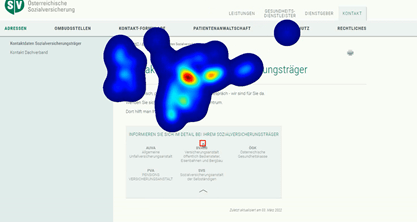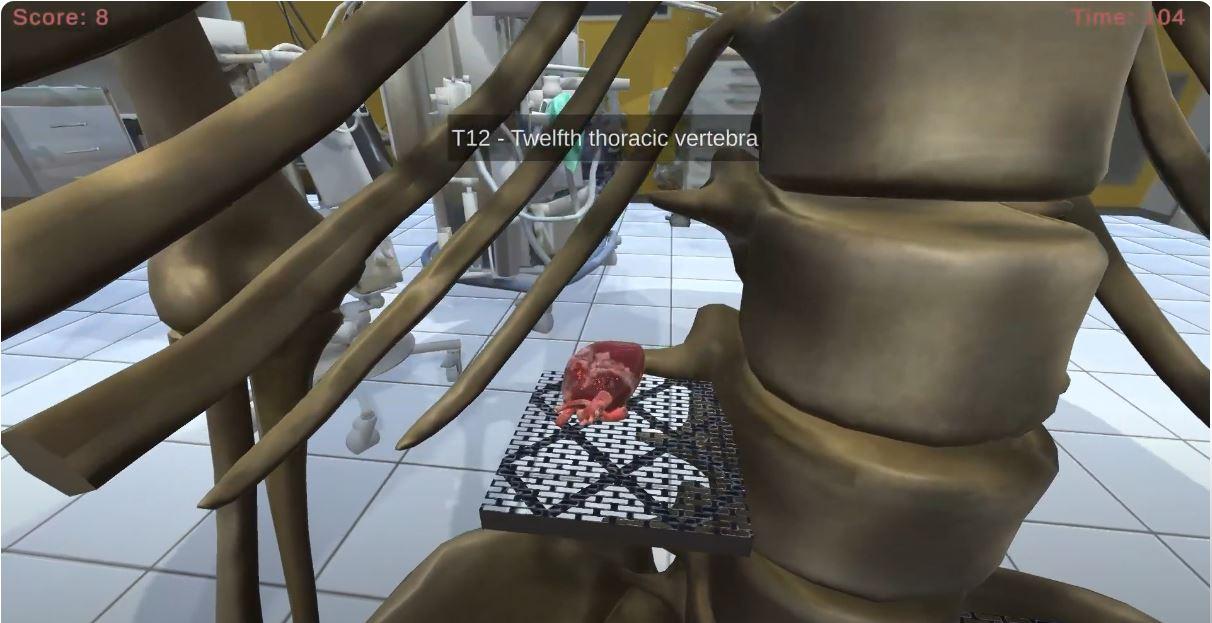Imagine a world where your thoughts can control machines. Sounds like science fiction, doesn’t it? Well, this is exactly what is Ms Müller’s bachelor project about.
A Brain-Computer Interface (BCI) is an interface between a human brain and an external device such as a wheelchair, prosthesis, or computer. It enables a human brain to issue commands to these machines, using only its electrical signals.

In this bachelor project, Ms Müller aimed to classify electroencephalogram (EEG) recordings of two imaginary activities – the imaginary movement of the right hand and of the left hand. She implemented a support vector machine (SVM) to allow real-time classification, with an accuracy of at least 70%.

Several preprocessing steps such as filtering, epoching, baseline correction, and normalization were applied and two SVM models were trained and tested:
- SVM 1 – discriminating between imaginary motion and no motion (rest)
- SVM 2 – discriminating between the two imaginary movements
The classification models trained by Ms Müller achieved a high accuracy of 88.09% for discriminating between motion and no motion (rest) and 79.76% for discriminating between the two imaginary movements. The combined model achieved 70.26% accuracy, still above the benchmark of 70% required for correct communication via BCI.

This bachelor project demonstrates the basic principle of brain-computer interface and is one of many future-oriented student projects students can choose from at the MedTech.
Yours,
MedTech @ FH Kärnten Team



